Last Updated on November 11, 2025 by Michelle
I don’t know about you, but I have a sweet tooth, always have. And I used to feel guilty about it. Then I started learning about the many options of sugars, found out the best sugar to use in different situations, and started to understand that sugar is a necessary ingredient for energy. Needless to say, I’ve learned that sweet food is not always bad food.
But it is important to know the best sugar to use in each situation.
And it’s important to know what sugar to avoid.
Where to shop for the best sugar?
All of the sweetener options listed in this Ultimate Guide to Sweeteners can be found at Azure.
Find out why I love ordering from Azure, and how this independent food supply chain “works,” right here: Can I order directly from a food supplier?
Look up where you can find an Azure pick up spot near you right here: Find an Azure drop near you.
Or just go here to start shopping.
If you’re placing your first order with Azure, and you’re spending $100 or more, you can take a whooping 15% OFF the already great prices with code SOULYRESTED.
Scroll down for links to all the sugars discussed in this article, all in one spot.
The best sugar to use?
Consider this article, and corresponding podcast episode and youtube video, to be Your Guide to Sugar. These resources will help you know the best sugars to use, and what sugars to avoid. These resources may also introduce you to a new, wonderful, natural sugar or two that you’ll love.
This article was inspired by a recent chat I had with David Stelzer, founder and CEO of Azure, on the Simple Doesn’t Mean Easy podcast (S7 E3).
Listen in here or click below to join David and I in audio or video.
Is sugar necessary?
All energy on earth runs from sugars, from the smallest micro organism to the largest. So it’s good that sugars are made naturally though the photosynthetic action of plants. While the process a plant goes through to convert water and sunlight into sugar is something science still can’t explain, it’s foundational to all of life.
Glucose is literally food for our brains, and it’s an extremely important source of fuel throughout the body, throughout the day.
So if you have a sweet tooth too, chin up… sugar is good… well, it CAN be good. And yes, sugar is absolutely necessary. Read on to find out more.
Is there any sugar that is healthy?
What is the healthiest sugar to cook with?
What is the healthiest sugar to drink?
Is regular sugar bad for you?
While it’s bad enough that regular, refined, white sugar offers us only empty calories and zero nutrients, it’s much worse for us than that. Because refined sugars are out of balance. To understand how they’re out of balance, consider a healthy plant…
Healthy plants distribute sugars 4 ways:
- 1/4 goes into the root system
- 1/4 goes into the bulk of the plant
- 1/4 goes into seed production
- 1/4 goes goes through roots into soil to feed the microbes, allowing the plant to get all the nutrients it needs to be healthier.
So a plant will only grow as large as the nutrients will allow for. Until conventional agriculture created anhydrous ammonia, which allows a plant to grow much larger than natural. But the soil won’t have the nutrients needed for that plant to be in optimal health at that unusual size, so it goes into simple sugar mode.
Both cane sugar and beet sugar are grown conventionally with anhydrous ammonia and both produce very simple sugars. But let’s break down the two different options a little.
How is Beet Sugar Made?
Beet sugar is made from genetically modified beets, then highly processed at a factory.
First, the beets are mixed with hot water. Then they’re boiled and mashed to release the juices. Different chemicals are used at various points in the refining process. Then the beet juices are filtered and whitened using carbon, bone char, or an ion exchange system. Once all the water eventually evaporates from the juice, the factory is left with the granulated, white sugar—99.96 percent sucrose—that gets shipped to your local grocery stores. (Excerpt from my book, Sweet Maple, page 169)
All of this is similar to cane sugar, but the beets also respond better to anhydrous ammonia than cane sugar does, so they gain even more mass.
How is Cane Sugar Made?
First all the leaves must be removed because only the cane, or thick stalk of the plant, can be juiced, to make sugar. To do this with the least amount of effort (and be able to give the public 4 pounds for only a few bucks), they use a herbicide (glyphosate), which they spray directly on the crop right at harvest time. The leaves dry up but the stalk, with much more mass than the leaves and all the sugar inside, which is preserving it, will remain. To remove the dead, chemically-laden leaves in the easiest way possible (again, gotta keep that 4-pound bag of sugar under $2), they light a fire. The heat and glyphosate-laden smoke permeates into the stalks, which are sill standing. Then they immediately harvest the cane.
The chemicals alone should be reason enough that consumers don’t want to buy this sugar, but don’t forget the anhydrous ammonia too which makes the over-grown plant go into simple-sugar-producing survival mode, so when we eat this simple sugar it acts almost like high fructose corn syrup and goes directly to our blood stream, giving us horrible highs and lows, spiking our insulin levels and leading to diabetes.
Find out lots more than this article covers by listening in to the episode. You’ll learn:
- how organic cane sugar is refined
- fascinating facts about sorghum (sourced in the U.S. from the sorghum plant), and
- interesting details about agave (you might not believe what this sweetener is sourced from!)
Just listen in–or watch–episode 3 in season 7 of the Simple Doesn’t Mean Easy podcast, as well as both mine and David Stelzer’s favorite sugars to use, and how we use them.
Is organic cane sugar bad for you?
Organic cane sugars are refined by centrifuge, without chemicals, and the cane plant’s leaves are removed by hand, also without chemicals or the additional use of fire.
Depending on how much molasses is removed, organic cane sugar will be more brown or a light beige, cream color. This is the main difference among your choices for organic cane sugar. Because it is far less processed than traditional sugars, all organic cane sugar options retain a more natural color (they won’t be pure white) and they offer a delicious, more natural taste than refined white sugar.
But don’t be too impressed by organic cane sugar, while it’s definitely processed in a much better manor than regular, refined white sugar, organic cane sugar offers you zero nutrients. No components of organic cane sugar make it healthy for you.
Even so, if you’re looking for a minimum requirement for sugar to make it a better choice than the chemical laden, ultra-refined white sugar, purchasing an organic cane sugar like this one, which I buy in bulk, is a good choice. Because it is certified organic, you can be assured that no chemicals were used in growing, harvesting, or refining it.
What is Muscovado sugar?
Muscovado sugar is the most traditional organic cane sugar.
What does Muscovado sugar taste like?
Because of how it’s processed (read below), Muscovado sugar offers a wonderful, deep toffee-like flavor. This particular Muscovado sugar is produced naturally on the 27-mile island of Mauritius, in the Indian Ocean. This gourmet sugar bring centuries of tradition into each sweet brown crystal.
How is Muscovado sugar made?
With Muscovado, the molasses is drained out naturally, and the sugar is then pressed some (but no centerfuge is used, unlike most organic cane sugars). Because it is loosely pressed, you’ll find it’s a moist sugar with a very dark brown color and rich taste. I personally love to use Muscovadoo in place of brown sugar.
Is brown sugar and Muscovado sugar the same?
It turns out standard “brown sugar” is just refined white sugar–made with all those problems explained above–that has molasses added back in. So trust me Muscovado is superior to brown sugar in every way.
What are the downsides of Muscovado sugar?
This is not a popular sugar in the U.S. market, mainly for convenience sake. It’s less consistent from box to box, since the pressing is done in the most primitive way. And it will clump, especially in the presence of any humidity. Truth is, you might have to use hammer to break apart some times. This doesn’t impact the taste or quality, but it can be inconvenient, which is a hard pill to swallow if you struggle with the higher price tag in the first place.
What is turbinado sugar?
Turbinado sugar is a coarse-grain sugar, which provides a nice burst of molasses-like sweetness in a bite of a baked good, like these chocolate chip cookies made with fresh flour, and also makes a great topping across the top of sugar cookies, or other desserts.
What does turbinado sugar taste like?
Because it retains some of the molasses from the sugar cane, the flavor profile of turbinado sugar is a cross or molasses and caramel. It’s also a very nice larger grain size. The natural coarseness is what I love the most.
How is turbinado sugar made?
To make turbinado sugar, they squeeze out some of the molasses from the sugar cane, like they do to make Moscovado sugar (see above) but then, unlike with Moscovado, they spray dry turbinado sugar, so it’s drier and more crystalized than Moscovado. Because it crystalizes, it offers a wonderful burst of flavor with each bite.
Can you use turbinado sugar in place of brown sugar?
Turbinado sugar has large, coarse crystals, unlike the fine, moist crystals of brown sugar, which dissolve mush easier in mixes, sauces, and marinades.
What are the downsides of turbinado sugar?
Because of its coarseness, turbinado sugar will not dissolve easily, so it’s not the best choice in some cases, such as meat marinades.
What is demerara sugar?
Demerara sugar (which is very similar to turbinado sugar) is a coarse sugar, a little lighter in color and a little subtler in taste than turbinado.
What does demerara sugar taste like?
Many say demerara sugar offers a sweet, toffee-caramel flavor.
How is demerara sugar made?
To make demerara sugar, they squeeze out some of the molasses from the sugar cane (more molasses than is taken out of turbinado). Then the sugar is sprayed dry, turning it into those wonderful gorgeous crystals that give a sweet flavor you can’t ignore.
What are the downsides of demerara sugar?
Because of its coarseness,demerara sugar will not dissolve easily, so it’s not the best choice in some cases, such as meat marinades.
Is brown sugar and demerara sugar the same?
It turns out standard “brown sugar” is just refined white sugar–made with all those problems explained above–that has molasses added back in. So no, demerara sugar is not at all the same as refined brown sugar. Demerara sugar (as well as turbinado and Muscovado, described above) is superior to brown sugar in every way.
What is the healthiest form of sugar to use?
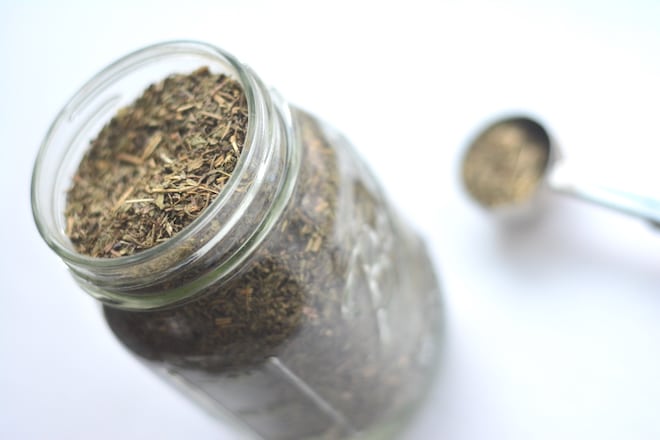
What is stevia sugar?
A stevia plant offers a sweet taste that doesn’t come from sugar directly (although, because of the very nature of plants that we broke down above, there is definitely sugar in stevia and all plants). Stevia’s sweetness comes from its polyphenolic compounds and carries zero sugar.
A huge benefit to stevia? You can grow stevia plants pretty easily–and harvest the leaves to make your own sweetener–right in your own backyard!
What does stevia taste like?
Stevia is very sweet, but can be slightly bitter or even give a slight licorice-like aftertaste. It goes a very long way. In fact, stevia’s sweetness can be hundreds of times greater than white table sugar. It’s a fantastic no-sugar sweetener for someone fighting cancer or diabetes.
How is stevia made?
There are three categories of stevia sweeteners:
- Dried stevia
Dried stevia (available as stevia leaves or fine leaf powder) is a fully natural sugar, it’s simply the leaves of the plant, in dry form. So it’s a great sweetener that adds polyphenols and even medicinal herbal value to your drinks. (See below for the best way to use stevia leaves.) Use code SOULYRESTED to save on these stevia leaves.
2. Stevia extract
Stevia extract doesn’t offer all of the natural compounds from the leaves, but it’s also not very refined, so it’s a good sweetener choice.
When you get into extracts and that fine white powder that most folks think of when they think of stevia, you’re using a refined version of stevia. The white powder is usually mixed with something else, such as xylitol. While xylitol is considered safe, some animal studies have shown tumor growth resulting from high doses of xylitol over long periods.
3. Refined stevia powder
That white stevia powder is even more refined, in a similar way to organic sugar cane (but they’re refining out the polyphenols that taste sweet instead of actual sugar). While some studies seem to hint that refined stevia is questionable and maybe not as healthy as it once was thought to be, it does seem to be a good choice for folks with diabetes as they work towards a healthier lifestyle and diet that hopefully will allow them to once again incorporate natural sugar. If you want to know more about this, as your doctor to walk you through the option of maple syrup, since it falls lower on the glycemic scale than other sweeteners.
What’s the best way to use stevia?
A huge negative to dried stevia is that it’s not usable in many ways traditional sugar is. The leaves, no matter how finely you chop them, never truly, fully dissolve. But stevia leaves are a fantastic way to sweeten a cup of hot tea. Simply place 1/4-1/2 tsp of stevia leaves in your steeper along with your tea leaves and steep in a 16 oz mug of hot water. The stevia doesn’t grow biter, so you can use it in any tea blend, steeping it for whatever time is recommended for your particular tea.
Stevia powder is great for extra sweetness to smoothies and shakes.
What is monk fruit?
Like stevia, monk fruit stimulates a sweet, sugar-like flavor, with zero actual sugar. Monk fruit has quite a punch and goes a long way with zero calories; it can be hundreds of times sweeter than white table sugar.
What does monk fruit taste like?
Monk fruit has a subtle, fruity flavor, with a slight hint of caramel.
How is monk fruit made?
Monk fruit is all grown in Mongolia and Northern China. Monk fruit is dehydrated fruit juice, so it’s not refined as much as the white stevia powder, since it’s coming from a fruit and not a leaf. For this reason, in my opinion, monk fruit is superior to stevia if you’re looking for a natural zero-calorie sweetener.
But monk fruit also offers no nutrient value, simply changes the flavor profile, like the white stevia powder.
What’s the best way to use monk fruit?
I personally love using monk fruit in my Homemade Instant Hot Chocolate Mix, for sweetness with zero calories, since my adaptogens that I use in this mix add calories. Since I want to drink a cup of this healthy hot chocolate daily during the long New England winters, I want to avoid too many excess calories. Monk fruit fits the bill perfectly.
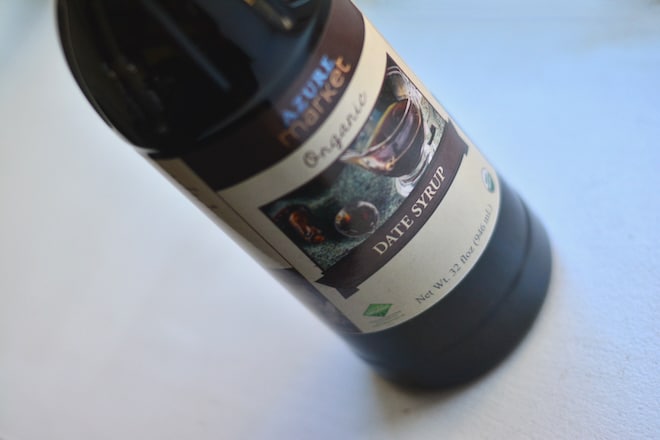
What is date syrup?
Date syrup is an extremely natural, unrefined sweetener, made from a fruit that grows on palm trees. Dates have been a great food source for thousands of year and are considered, even today, to be the staff of life in many parts of North Africa and the Mediterranean area.
Because of the way dates grow, they create a complex sugar, so they will hit your blood stream much slower than simple sugars that are created by those refined sugars we talked about at the beginning of this article, especially ones grown with anhydrous ammonia, which if you remember, allows a plant to grow much larger than natural making the plant go into simple-sugar-producing survival mode. That will never be the case with date syrup or date sugar.
What does date syrup taste like?
Date syrup and date sugar offer a really unique, unforgettable flavor profile to baked goods and hot and cold drinks. The dates add subtle hints of caramel and vanilla, making every smoothie, cookie, cake, cup of tea or hot chocolate, and baked good into something deliciously unique.
How is date syrup made?
Date syrup is simply ground up dates with a little water added. If water is completely removed, you have date sugar.
What’s the best way to use date syrup?
I love using date syrup as a superior, all-natural alternative to processed, refined molasses in any recipe that calls for the later, in a 1:1 ratio. My favorite way to use date syrup? That’s easy. I love a wonderful cup of Salted Caramel Hot Chocolate made with date syrup.
What are the downsides of date syrup?
The only negative to date syrup is that it does get thick and hard to pour over time. The best way to overcome this is to store your date syrup in a wide-mouth mason jar, so you can stir it up before using it each time, and even measure it out with a spoon instead of trying to pour it, once it does get thicker.
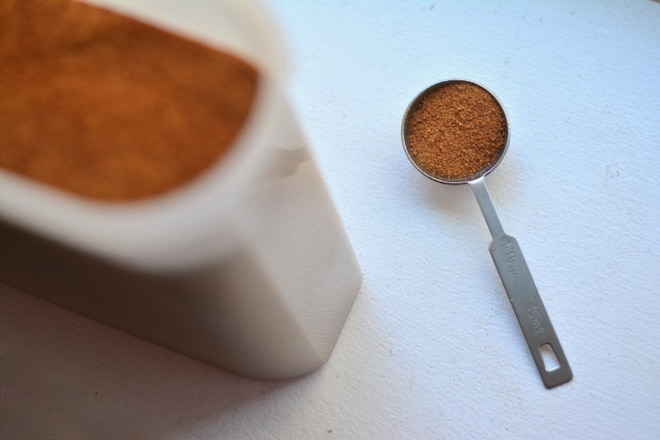
What is coconut sugar?
Coconut sugar is quite possibly my favorite sweetener, after the maple syrup and raw honey that we’re able to make and enjoy here on our farm. Coconut sugar has been used in Indonesia over the last millenium and beyond. Nutrient wise, coconut sugar is very similar to raw honey, but coconut sugar falls the lowest on the glycemic index of any unprocessed sugar you can buy.
Maple syrup is considered a potential sweetener for someone watching their blood sugar levels, since it sits at 54 on the glycemic scale. Honey is higher, at 58. Refined sugar? That sits at 65. But coconut sugar has a glycemic index measurement of 35!
What does coconut sugar taste like?
While coconut sugar looks very much like brown sugar, it tastes less sweet than brown sugar and has deep hints of caramel. I feel I need to clarify that coconut sugar tastes nothing like coconut (just like clover honey tastes nothing like clover).
Also, it’s great for baking because it helps batter stay moist and cookies be chewy, since it naturally retains moisture. Bonus: your finished products boast of a pretty golden color.
How is coconut sugar made?
Coconut sugar is made from the nectar of the coconut tree blossom. It’s not something a person with a nut allergy would be impacted by, since it has completely different protein profiles than a coconut.
The nectar is collected by hand and boiled down, similar to the way maple syrup is made, to remove some of the moisture.
See the process in action and meet the farmer in Indonesia who grows the coconut sugar that Azure offers on the video on this page: Meet the Coconut Sugar Farmer
What’s the best way to use coconut sugar?
Honestly, like maple sugar, I will use coconut sugar in any application that I used to use refined table sugar, in a 1:1 replacement ratio. I choose which one I use based on what flavor I’m going for. Maple sugar is warmer, lighter, sweeter. Coconut sugar is more deeply “rich” and like a very lightly sweetened version of caramel. My absolute favorite way to use coconut sugar is to sweeten a cup of my favorite herbal hot tea that tastes like coffee. It makes for a very nutritious cup of tea that genuinely tastes better than the best coffee you’ve ever had.
Where to buy the best sugars
I get most of my sugars from Azure. Azure is an independent food supply chain that is fixing a broken food system and providing high-quality food and other products to families across the United States. Find out more here: SoulyRested.com/azure
Use code soulyrested10 for 10% off your first Azure order of $50 or more, delivered to a drop near you. Go here to find your nearest drop location.
Where to find out more about the best sugar to use (and what sugar to avoid)
Find out some fascinating facts about a few other sweeteners:
–sorghum (sourced in the U.S. from the sorghum plant), and
–agave (you might not believe what this sweetener is sourced from!)
Just listen in–or watch–episode 195 of the Simple Doesn’t Mean Easy podcast, as well as both mine and David Stelzer’s favorite sugars to use, and how we use them.
Sponsors for the podcast episode (S7 E3) about The Best Sugar to Use:
Please check out this amazing family-run food supplier who has been working to change the broken food system in the U.S. by putting more power into the hands of the consumer:
Find out more about Azure Standard, an independent food supply chain that is fixing a broken system and providing high-quality food and other products to families across the United States, here: SoulyRested.com/azure
Use code soulyrested10 for 10% off your first Azure order of $50 or more, delivered to a drop near you. Go here to find your nearest drop location.
Podcast Feedback
While this article briefly mentions a lot of the points of my recent chat with David Stelzer, join in our conversation and dive into the fascinating world of sugar even in S7 E3 of the Simple Doesn’t Mean Easy podcast.
Did you enjoy listening to this episode? Please take a quick second to leave a review to let us know. This will help others learn about this podcast. Plus, I genuinely appreciate the feedback!
Just click on “Listen on Apple Podcasts,” then scroll down under “Ratings & Reviews” and click “Write a Review.”
If you don’t have an iphone, you will need to be on a desktop to see the “Listen on Apple Podcasts” option.
More info about the best sugar to use:
5 healthy drinks you should be drinking
Download this 8-page FREE Pantry Checklist of my favorite ingredients I keep stocked in my pantry (including all the sugars), loaded with discount codes.
“Listen, listen to me, and eat what is good, and you will delight in the richest of fare.” Isaiah 55:2
Pin this for later!
Click on the image below to pin this post.
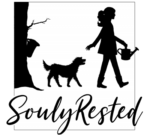
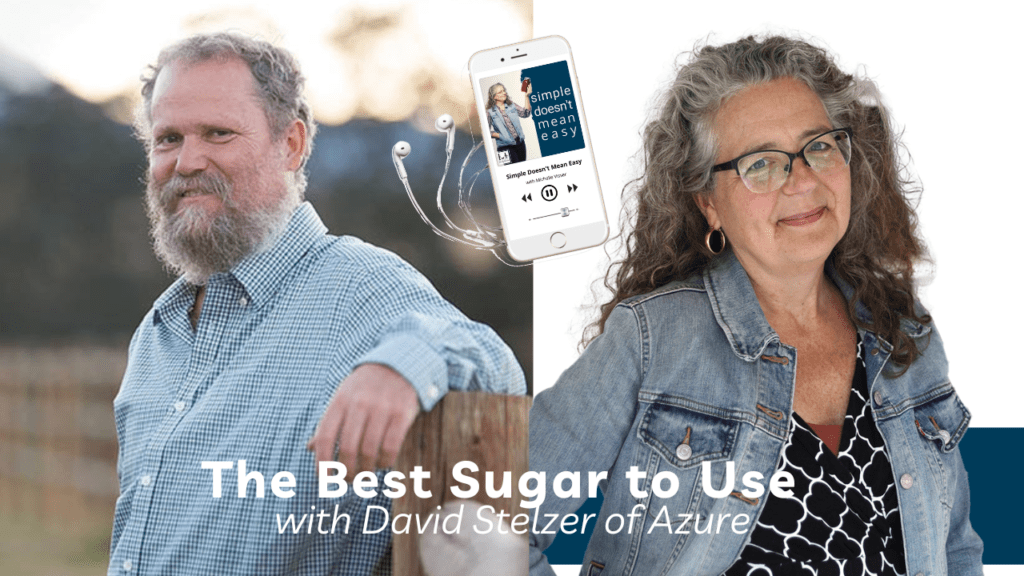
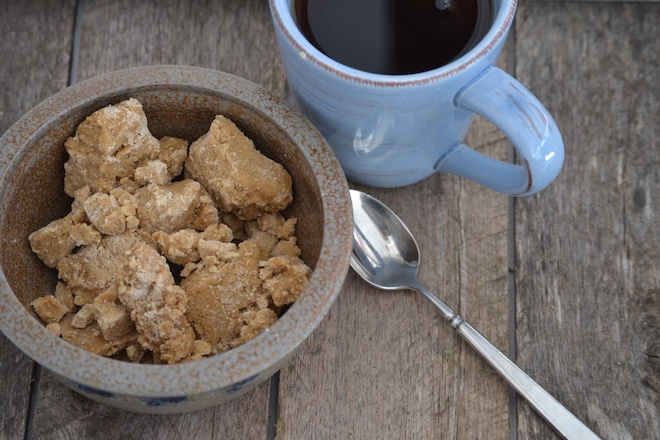
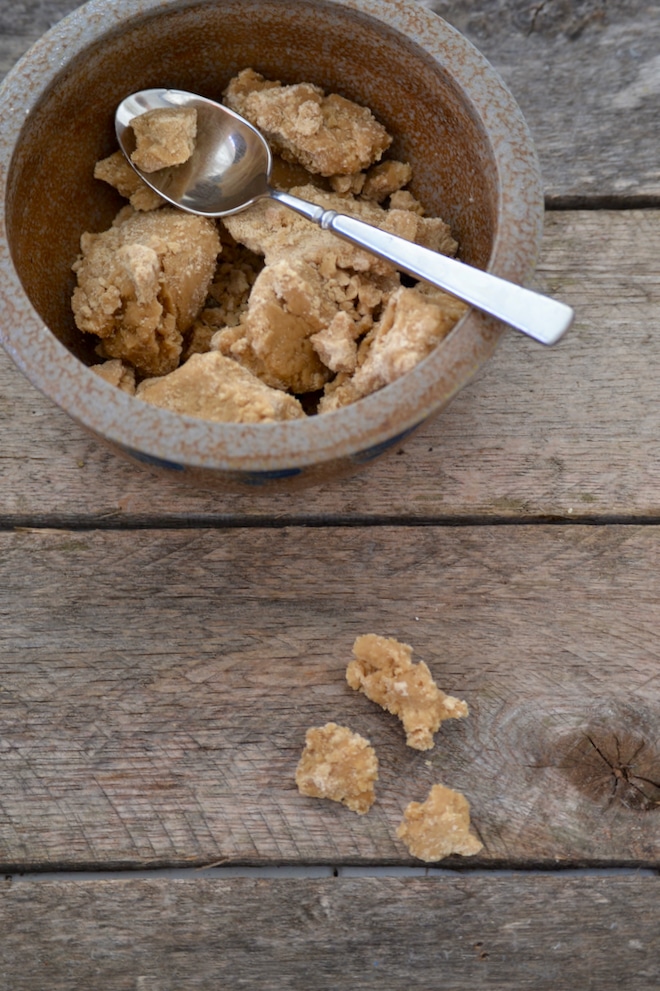
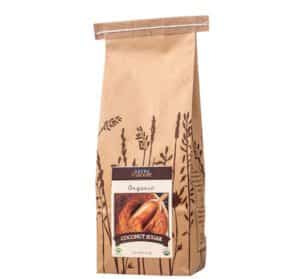
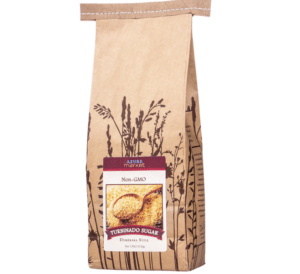
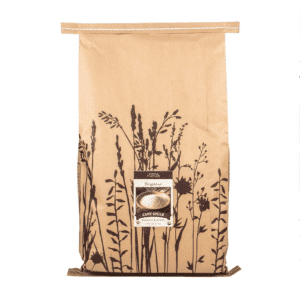
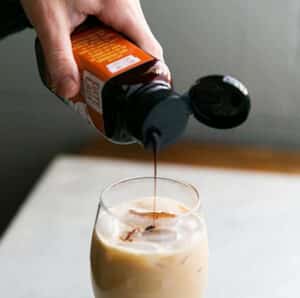
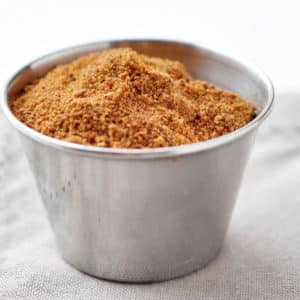
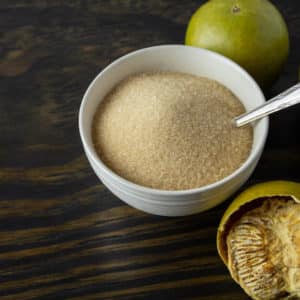
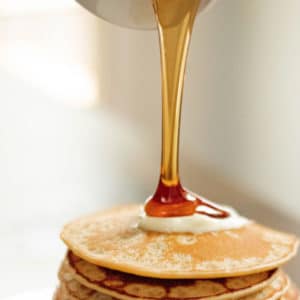
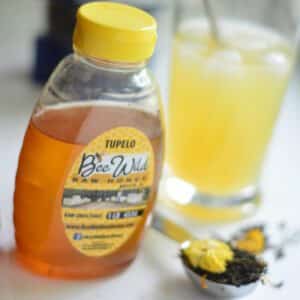
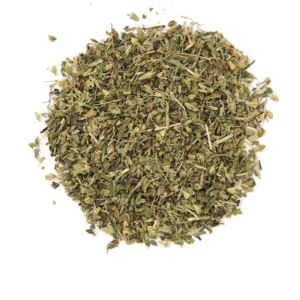

Wonderful information in youtube video with david! Now my question is what sugar do we use for canning jams, in fermented foods : blueberries, pickles, kombucha? Michelle with making maple syrup, it would seem natural for you would make your own date syrup. I think i’ll try my hand @ some point next yr. I believe coconut is a ” drupe”, a seed .I use sorghum syrup on pancakes,french toast & it has a raw taste compared to maple syrup, My sorghum syrup is purchased here in upstate SC from GA.
Wasn’t that episode with David great!? It is pretty cool to watch date syrup being processed–it’s honestly processed just like maple syrup. Believe it or not, I don’t do a lot of canning, but I do can both peaches and pears in full 100% maple syrup and then after the fruit is eaten use the syrup as “flavored” syrup… it’s amazing. And, sorry, I can’t get on the sorghum train 🙂 I tried it on a pancake once. Will never do that again. It’s maple on pancakes all the way for me. 🙂
Thank you for the in depth of the sugars! Hands down, my order: Maple, Coconut and Monk!!
This is so helpful! My favorite is maple syrup, but I also use monk fruit or stevia occasionally. I did not realize what the turbinado sugar was.
I’ll have to start trying some of these
Curious what the stats on Sucanat are. I haven’t used it in years, but it makes THE BEST oatmeal cookies! A deep, rich, molasses flavor that I haven’t gotten from anything else!